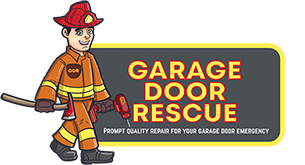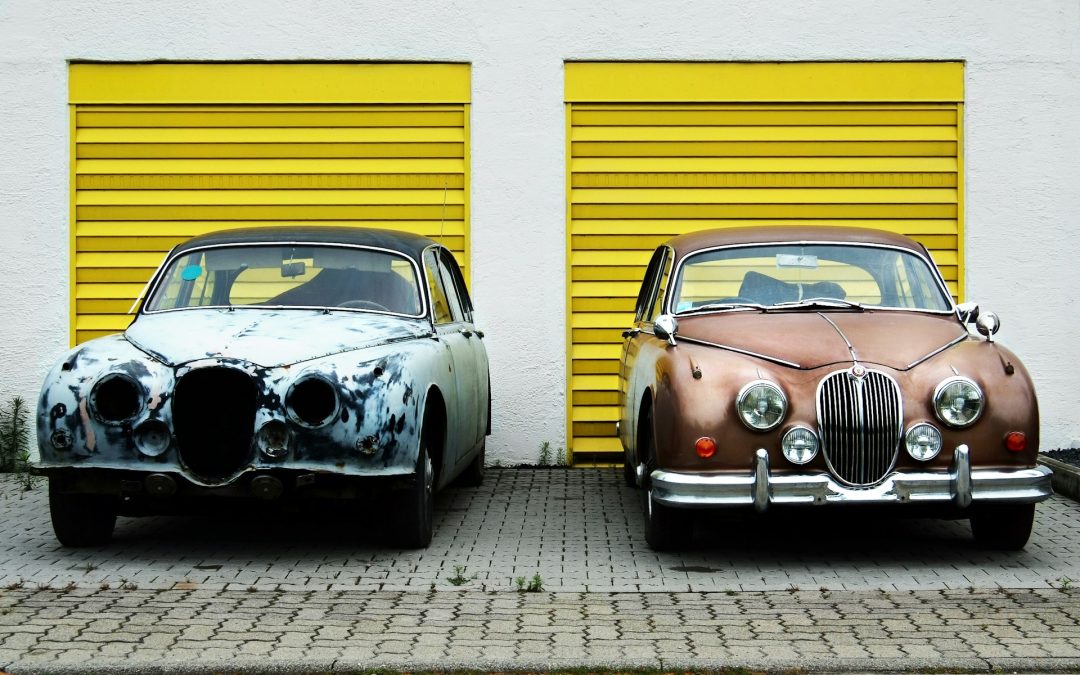Garage door cables play a crucial role in the smooth and safe operation of your garage door. When these cables become flipped, they can lead to serious problems and even pose safety risks. If you’ve noticed that your garage door isn’t functioning correctly, a flipped cable might be the culprit. Understanding what this issue is and how to handle it is essential to keep your garage door running smoothly.
In this guide, we’ll explore flipped garage door cables, how to identify them, and the steps you can take to fix them safely. We’ll also cover preventative measures to help you avoid future issues.
Understanding Flipped Garage Door Cables
A flipped garage door cable happens when the cable slips off the drum or gets twisted. This can cause the garage door to become unbalanced and malfunction. Flipped cables can lead to one side of the door being higher or lower than the other, making it difficult or even impossible to open or close the door properly.
There are several common causes of flipped cables. One cause is regular wear and tear. Over time, the cables can degrade from constant use and exposure to the elements. Another frequent cause is improper installation. If the garage door cables aren’t installed correctly, they can easily slip off the drum. Accidental damage, such as hitting the door with a car or other heavy object, can also cause the cables to flip.
The potential risks and damages associated with flipped garage door cables are significant. A garage door with flipped cables can pose a safety hazard, as it may suddenly fall or become stuck. This can cause injury to anyone nearby or damage to your vehicle or other property. Additionally, operating a garage door with flipped cables can cause further damage to the door mechanism, leading to more costly repairs.
Identifying a Flipped Garage Door Cable
There are several physical signs to look out for that might indicate a flipped garage door cable. If you notice that your garage door is uneven, with one side higher than the other, this could be a sign of a flipped cable. Another indicator is a garage door that is difficult to open or close or one that makes unusual noises during operation. Visible damage or fraying on the cables themselves is also a strong indication that the cables may be flipped or otherwise compromised.
To safely inspect your garage door cables, start by disconnecting the garage door opener to prevent any accidental operation. Manually lift the door to check for imbalance. Observe the cables on both sides of the door, looking for any obvious twists, frays, or misalignment. Be cautious during this process, as the cables are under high tension and can cause injury if handled improperly.
For a proper inspection, you’ll need some basic tools such as a flashlight, gloves, and possibly a ladder for closer inspection. Ensure you have a safe and stable working environment before you begin your inspection. If the situation appears too complicated or dangerous to handle on your own, don’t hesitate to seek professional help.
Step-by-Step Guide to Fixing Flipped Cables
Before you start fixing flipped garage door cables, it’s vital to follow some safety precautions. First, disconnect the garage door opener to prevent any accidental activation. Wear protective gloves and safety glasses to protect your hands and eyes from sharp edges or debris. Make sure no one else is nearby and that children and pets are kept away from the area.
Follow these detailed instructions to fix flipped cables:
1. Remove Tension from the Garage Door: Use a winding bar to release the tension from the torsion springs carefully. This step is critical for safety and must be done with caution.
2. Detach the Cables: Once the tension is released, remove the cables from their brackets. Be sure to take note of how the cables are installed so you can reattach them correctly.
3. Reattach or Replace the Cables: Rethread the cables onto the drum, ensuring they are correctly positioned. If the cables are frayed or damaged, replace them with new ones.
4. Tighten and Test: After reattaching the cables, tighten them and gradually reapply tension to the springs. Test the garage door by manually lifting it to ensure it operates smoothly.
Common mistakes to avoid include not fully releasing the spring tension, which can lead to injury, and incorrectly reattaching the cables, leading to future malfunctions. If you feel unsure at any point, contact a professional to handle the repair.
Preventative Measures for Future Issues
To prevent future issues with flipped garage door cables, follow these regular maintenance tips:
– Visual Inspections: Regularly check the cables and other components for wear and tear. Look for signs of fraying, rust, or damage.
– Lubrication: Use a high-quality lubricant on the cables, springs, and rollers to reduce friction and wear. Lubricate these parts at least twice a year.
– Balancing the Door: Ensure your garage door remains properly balanced. An imbalanced door can add extra strain on the cables, leading to potential issues.
Knowing when to seek professional maintenance services is crucial. If you notice frequent cable flips, unusual noises, or difficulty operating the door, it’s time to call a professional. They can perform a comprehensive inspection and address underlying problems that may not be visible to the untrained eye.
A professional maintenance checkup at least once a year can keep your garage door running smoothly. This proactive approach can help you avoid costly repairs and extend the life of your garage door system.
Conclusion
Handling flipped garage door cables safely and effectively is essential for maintaining the smooth operation of your garage door. Understanding the causes and risks, identifying the problem, and knowing how to fix it can make a significant difference. Remember to follow the safety precautions and detailed steps provided in this guide to resolve the issue yourself or seek professional help if needed.
For professional garage door services, Garage Door Rescue is here to help. Our team of experts specializes in fixing residential garage doors and handling issues such as broken springs, flipped cables, and garage door opener problems. Let us help you maintain a safe and smoothly operating garage door. Reach out to us today!

